Exercise
What is exercise?
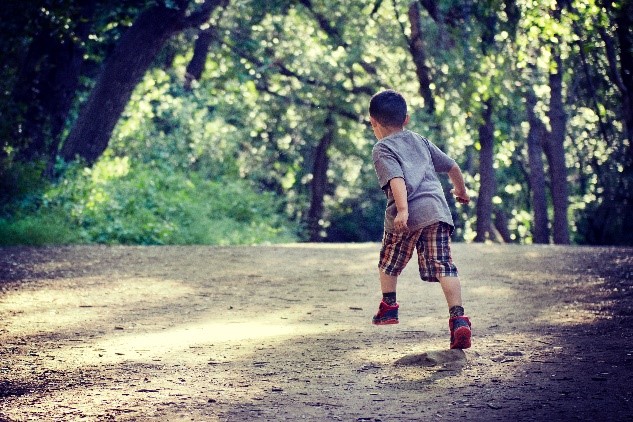
Exercise is a planned activity designed for a person or group of people which is performed regularly. Exercise aims to affect a person’s body by improving the strength and function of muscles, the flexibility of muscles and joints as well as improving cardiovascular health and fitness.
Your physio or occupational therapist may provide you or your child with an exercise program. This program will be designed taking abilities, goals, interests, and personal circumstances into consideration.
Why is exercise important in SMA?
The discovery of gene and genetic treatments have changed the lives of children and young people with SMA. Those with SMA who have received these treatments have greater movement possibilities, and the potential to improve current and learn new motor skills, become physically independent and stop or slow the loss of movement or physical function. Targeted exercise aims to build on the benefits gained through genetic treatments by helping to practise new skills, stay flexible and enhance muscle strength and endurance.
For the general community, regular exercise can improve physical function, prevent weakness from too little activity, promote a healthy lifestyle and contribute to a sense of wellbeing.
These benefits of exercise are thought to have positive effects in people with SMA too.
How can an exercise program help in the management of SMA?
An exercise program tailored to your child’s specific needs or goals can help physical well-being by maintaining or improving:
- muscle strength
- muscle and joint flexibility or range of motion
- motor skill development
- muscle endurance or the ability of muscles to keep working hard for longer
- breathing and lung function
- a healthy weight
Exercise can also contribute to sense of well-being by maintaining or improving:
- Sleep patterns
- Boosting mood
- Participation in enjoyable activities
- Social contact with friends and family
What does an exercise program involve?
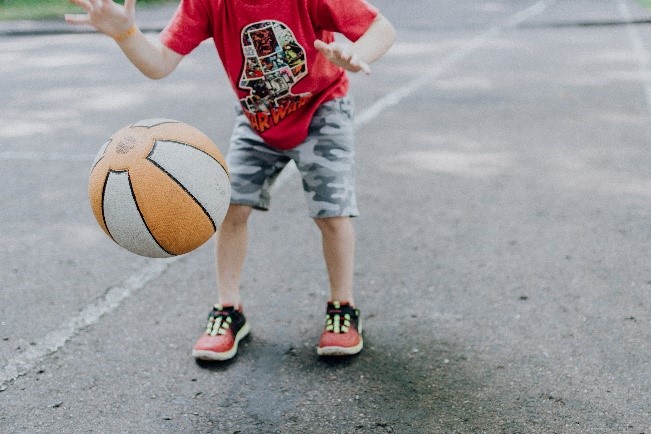
Exercise in SMA aims to promote function and mobility at your child’s ability level. Therefore, everyone with SMA will have different needs when it comes to exercise. Your therapy team will identify a goal or goals that you or your child want to work on. Your therapy team will design an exercise program aimed at achieving these goal/s while considering the home, school, community environment in which you and your child live.
Exercise for your child may involve activities:
- on land (at home/school, in therapy, at the local park or gym)
- in the water (hydrotherapy or swimming)
- using supportive equipment (supportive seating, arm supports, standing support, bracing or splinting)
- using other equipment (weights, resistance bands, sporting equipment)
The exercise program designed by your therapist may include different types of exercises to achieve the goals you or your child identifies. These may include exercises to:
- stretch muscle and joints (see the Stretching FAQ)
- improve muscle strength and coordination
- improve muscle endurance (the ability of muscles to keep working hard before getting tired)
- learn a new skill (in an infant this may be learning to sit and in an older child this may be learning to ride a bike or propel a wheelchair)
- raise the heart rate and get a bit puffed out (aerobic exercise)
- improve balance
- improve breathing muscle strength and coordination
The SMA care recommendations (published in 2018) relating to exercise are summarised briefly below:
Non-sitters
- Children and young people with SMA who are unable to sit on their own – should focus on stretching to allow best possible function, the use of seating, and mobility systems to promote function and mobility and, the use of mobile arm supports to assist arm function and independence.
- Infants and toddlers with SMA who have not yet developed the skill to sit on their own – exercises should aim to follow normal development where possible and may use combination of land and water based activities with or without supportive equipment to achieve this.
Sitters
- Exercise can be helpful to allow the best possible function, have an effect on strength, joint range of motion, muscle endurance, activities of daily living (ADLs), ability to participate in other activities , and help improve balance.
- The recommend type of exercise may include water-based therapy, swimming, hippotherapy (treatment that uses the movement of a horse to provide motor and sensory therapy), wheelchair sports.
- The use of equipment to support posture in lying, seated and standing positions can be used to help with positioning for exercise.
Walkers
- Aerobic and general conditioning including balance exercise is recommended.
- Options include activities like swimming, walking, cycling, yoga, hippotherapy, rowing, elliptical/ cross-trainers.
- Exercise program should be designed and monitored by a physio or occupational therapist who is familiar with SMA.
- Optimal length of time for aerobic exercise: at least 30 minutes
Reference: Mercuri et al. Diagnosis and management of spinal muscular atrophy: Part 1: Recommendations for diagnosis, rehabilitation, orthopedic and nutritional care. Neuromuscular Disorders 2018;28(2):103-115. doi.org/10.1016/j.nmd.2017.11.005.
What is the best form of exercise in SMA?
There are different types of exercise and some may not be right for your child.
It is important that your therapy team help decide what type of exercises best suit your child and will make recommendations about the frequency (number of times per day or per week) and duration (the length of time) your child should exercise.
Below are descriptions of different types of exercise and things to think about in relation to exercise in SMA.
High impact exercise involves strong pounding forces as in running and jumping and can be risky if not well controlled, you should get advice from your therapist to decide how much of this sort of exercise is safe for your child.
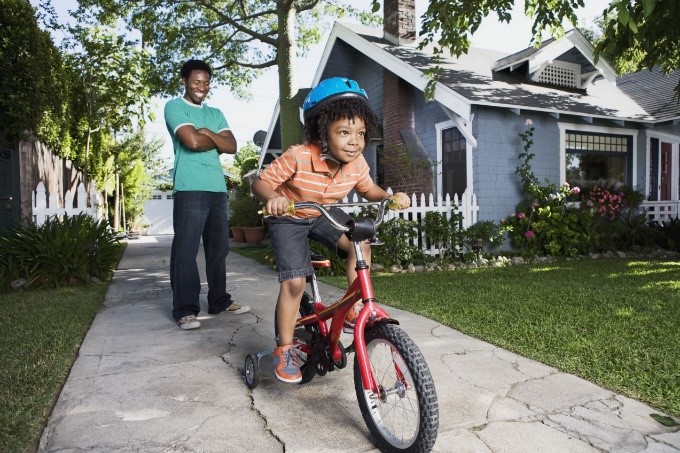
Low impact exercise means less force is put through the body. These are gentler activities like swimming and cycling and are generally safer and well tolerated.
Eccentric exercise is when you work the muscles hard while they get longer (such as straightening your elbow holding a weight). Examples include weightlifting, vigorous trampolining and squats or step-downs. Too much of this sort or exercise can cause muscle pain, you should get advice from your therapist to decide how much of this sort of exercise is safe for your child.
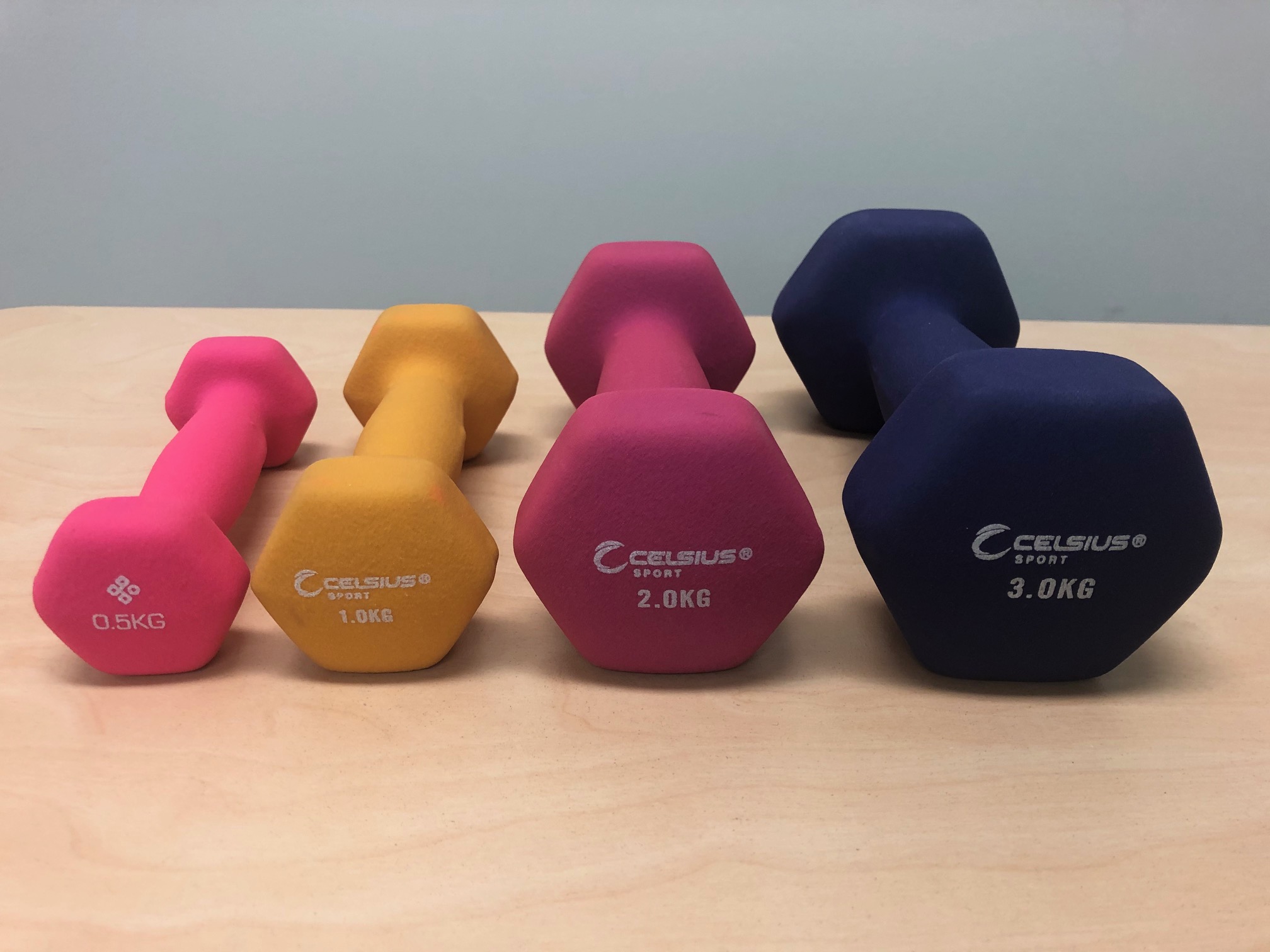
Resistance exercise requires the muscles to work against a weight or resistance. Lifting a weight or pulling on a stretchy exercise band are all examples of exercising with resistance. Working muscle against too much resistance can cause muscle pain, you should get advice from your therapist to decide how much of this sort of exercise is safe for your child.
Aerobic exercise is exercise that increases breath and heart rate and cause you to be puffed out. This form of exercise often involves the use of equipment for example a stationary bike or treadmill. The safety of getting on and off equipment should be checked by a therapist. This form of exercise can also make muscles tired; you should get advice from your therapist to decide how much of this sort of exercise is safe for your child.
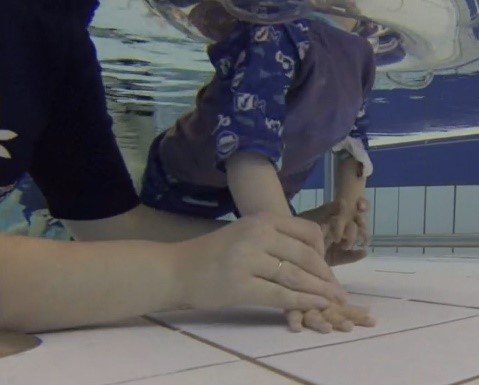
Aquatic exercise is exercise that is done in water. This exercise is low impact and allows freedom of movement. If your child can’t swim, have poor head control, have difficulty breathing or are not an SMA ‘walker’ you will need hands on supervision when exercising in the water. Your therapist will have or recommend equipment which will help to stay safe when exercising in the water.
Is fatigue something to watch out for during exercise?
What we know is that people with SMA experience higher levels of muscle fatigue or muscle weakness when they have worked their muscles hard. This does not mean that exercise in SMA is unsafe, but it DOES mean that exercise should be:
- monitored closely
- increased more slowly
- performed at moderate or sub-maximal level
- stopped before muscles are overworked
Some signs DURING exercise that may suggest your child is working too hard may include:
- not being able to talk or interact
- not being able to finish the activity
- refusing or not wanting to get involved
- needing much more effort to do the exercise
- falling over (more than usual)
Some signs AFTER exercise that may suggest you or your child worked too hard may include:
- getting tired easily afterwards
- not being able to do anything else physical
- not being able to talk or interact even when resting
- the need for earlier and/or longer naps or an earlier bedtime
- being more emotional
- fatigue and muscle pain which is more noticeable a day after exercising
